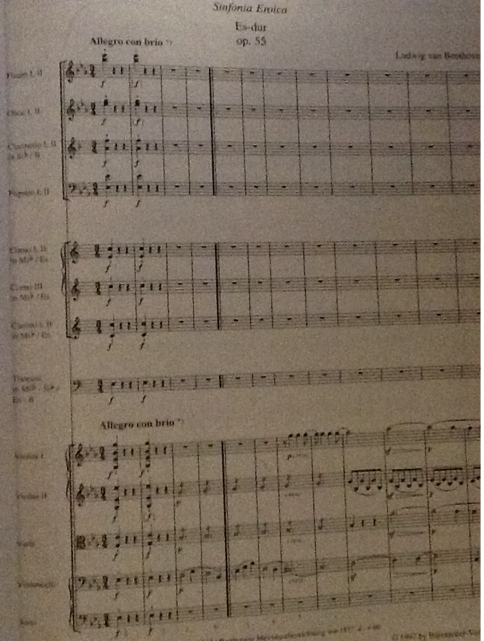

Problems playing this file? See media help. The original, later eliminated last stanza reads The original meaning of Mode was "custom, contemporary taste". The lines marked with * were revised in the posthumous 1808 edition as follows:

Yes, whoever also has just one other's Soul Whoever has succeeded in the great attempt, Despite the lasting popularity of the ode, Schiller himself regarded it as a failure later in his life, going so far as to call it "detached from reality" and "of value maybe for us two, but not for the world, nor for the art of poetry" in an 1800 letter to his longtime friend and patron Christian Gottfried Körner (whose friendship had originally inspired him to write the ode). Schiller later made some revisions to the poem, which was then republished posthumously in 1808, and it was this latter version that forms the basis for Beethoven's setting. In 1785, from the beginning of May till mid-September, he stayed with his publisher, Georg Joachim Göschen, in Leipzig and wrote "An die Freude" along with his play Don Carlos. Schiller wrote the first version of the poem when he was staying in Gohlis, Leipzig. Rhodesia's national anthem from 1974 until 1979, " Rise, O Voices of Rhodesia", used the tune of "Ode to Joy". His tune (but not Schiller's words) was adopted as the " Anthem of Europe" by the Council of Europe in 1972 and subsequently by the European Union. Beethoven's text is not based entirely on Schiller's poem, and it introduces a few new sections. "Ode to Joy" is best known for its use by Ludwig van Beethoven in the final (fourth) movement of his Ninth Symphony, completed in 1824. A slightly revised version appeared in 1808, changing two lines of the first and omitting the last stanza. The last movement of the symphony has been the anthem of the European Union since 1986." Ode to Joy" ( German: " An die Freude", literally "To Joy") is an ode written in the summer of 1785 by German poet, playwright, and historian Friedrich Schiller and published the following year in Thalia. It also featured in Stanley Kubrick's controversial film A Clockwork Orange. Some suspect the manuscript was used as the conducting score for the music's world première attended by Beethoven in Vienna in 1824.įans of the work have included Adolf Hitler who had it played at a number of his birthday concerts. It has become a classical favourite and in the last movement is teamed with the words from Schiller's Ode to Joy. It apparently refers to the fact that Beethoven's favourite copyist had died, and his two replacements appeared to struggle with the composer's handwriting.īeethoven received an invitation to write a new symphony - which became the Ninth - in 1817. The changing tempo and tune reflect the artist's frustration - including the written remark "du verfluchter Kerl" (you damned fool). The work was prepared for Beethoven by two copyists, but the 575-page manuscript is marked throughout with thousands of scribbles and alterations by the composer, showing how it reached its final form in 1824.
#Beethoven symphony 9 manuscript full
"The manuscript, which was used by the printer for the first edition, contains music apparently unpublished and is the only full score of the symphony ever likely to come on the market." It was "one of the highest achievements of man, ranking alongside Shakespeare's Hamlet and King Lear", he said. Beethoven scribbled all over the manuscriptĭr Stephen Roe, head of the Manuscripts Department at the auction house, said it was "an incomparable manuscript of an incomparable work".


 0 kommentar(er)
0 kommentar(er)
